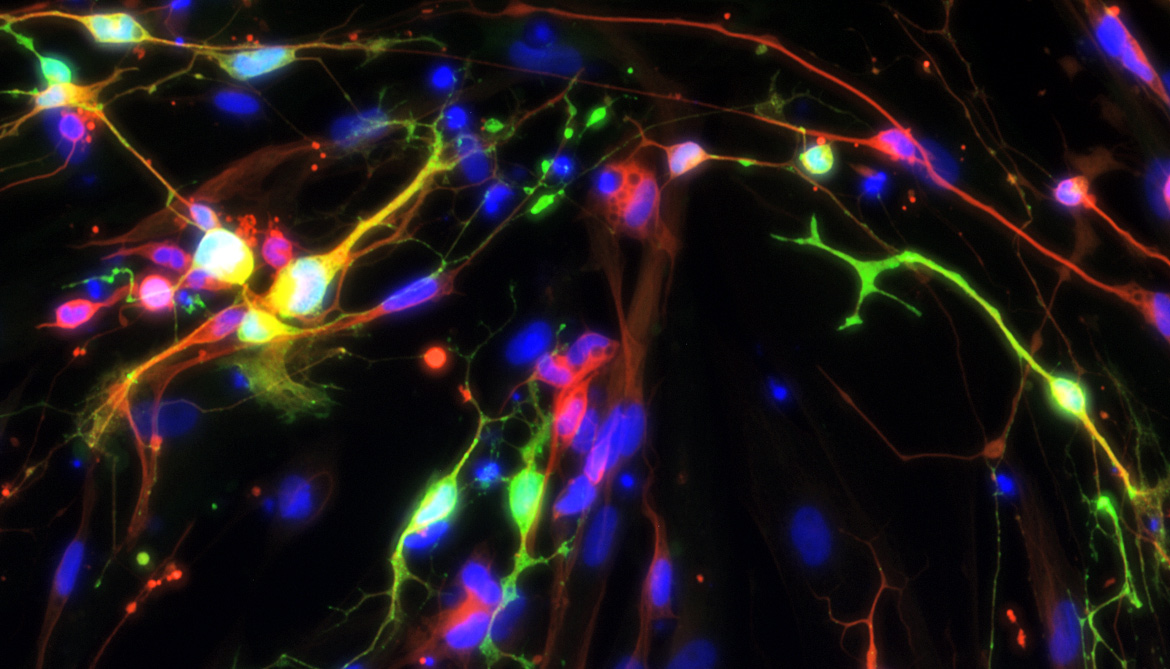While serotonin, a neurotransmitter involved in regulating mood and mental states, has been linked to numerous neurological and mental illnesses, including depression, live human serotonin neurons have not been used to study these diseases. Most serotonin research has been accomplished with lab animals, but now researchers have developed human serotonin neurons from human fibroblasts, the cells that give rise to connective tissue in the body. Their findings could apply to generating other human cell types, offering new avenues for medical research and drug discovery (http://www.futurity.org/serotonin-neurons-977552/).

"Our work demonstrates that the precious serotonin neurons hidden deep inside the human brain can now be created in a petri dish," says Jian Feng, professor in the department of physiology, biophysics in the University at Buffalo School of Medicine and Biomedical Sciences and lead author of an article published in Molecular Psychiatry and reported in Futurity. The work builds on previous studies in which human fibroblasts have been converted to neurons. The procedure uses specialized transcription factors that bind to genes and turn them on or off.
Serotonin, a chemical found in the human body, carries signals along and between nerves as a neurotransmitter, according to an article in Medical News Today. Mainly found in the brain, bowels and blood platelets, serotonin is thought to be especially active in constricting smooth muscles, transmitting impulses between nerve cells, regulating cyclic body processes and contributing to wellbeing and happiness. It is regarded by some researchers as a chemical responsible for maintaining mood balance and that a shortage of serotonin causes depression (http://www.medicalnewstoday.com/articles/232248.php).
According to Feng, the new research represents the first direct conversion of human fibroblasts into serotonergic neurons. He adds that these "induced serotonergic neurons" act like serotonin neurons in the human brain.
As Feng explains, "We know the cells were converted to serotonergic neurons because they express proteins that are only found in neurons that produce serotonin. They are electrophysiologically active and demonstrate both the controlled release and the selective uptake of serotonin."
The scientists discovered that they could produce induced serotonergic neurons from fibroblasts "by introducing four genes that control the development of serotonin neurons." As Feng says, "These genes change how the human genome, which is like a computer hard drive, is read, so that the cell switches from a lung cell to a serotonin neuron. With this new technology, scientists can generate serotonin neurons from patients who suffer from serotonin-related mental illnesses."
While the paper focuses on converting lung fibroblasts to serotonin neurons, Feng's group has also been working on generating serotonin neurons from human skin cells, which would be an even easier and less invasive process. These neurons would be extremely beneficial, because they can be generated from individual patients suffering from illnesses involving the neurotransmitter.
Feng concludes, "These patient-specific serotonin neurons will be very useful to the discovery of new drugs for diseases ranging from depression and anxiety to obsessive-compulsive disorder and many others. They will not only allow researchers to study why certain individuals develop a disease but also to find out what can be done to treat it."









